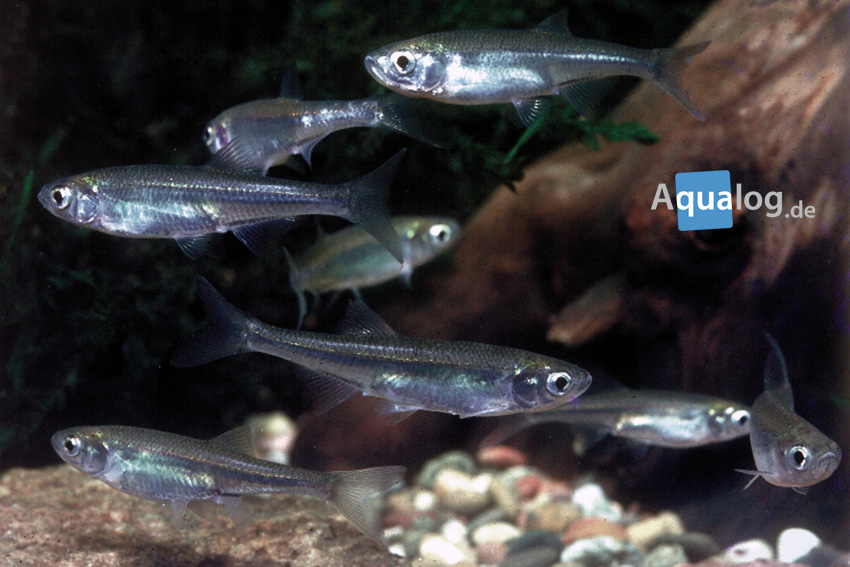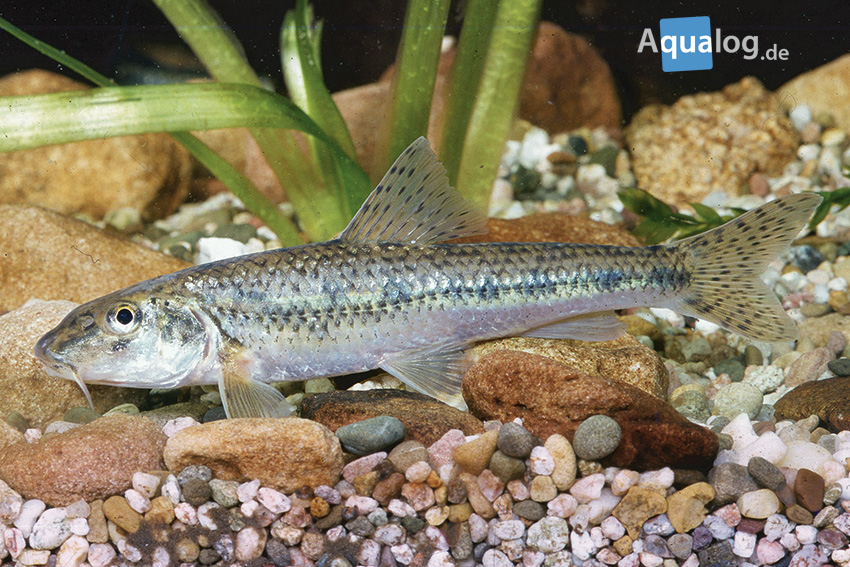Apologies, but no results were found. Perhaps searching will help find a related post.
Pond
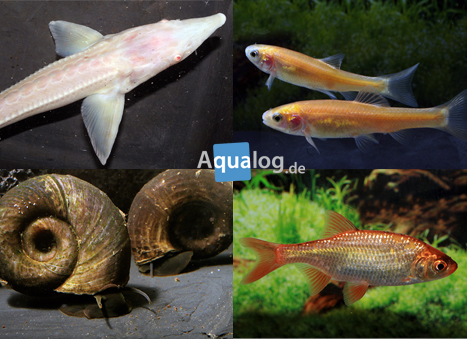
The maintenance of livestock in the garden pond differs from their maintenance in the aquarium largely in the considerable seasonal and weather-induced variations in temperature and the larger amount of space available. Depending on individual preferences, the garden pond can be run as a near-natural body of water without any technological aids at all, or as a large open-air aquarium with a filter. The species of creatures that can be maintained in or considered for the garden pond varies in accordance with the owner’s ambitions regarding its size and setting.
Goldfish and Koi are the most typical fishes for the garden pond, and they have their own profile.
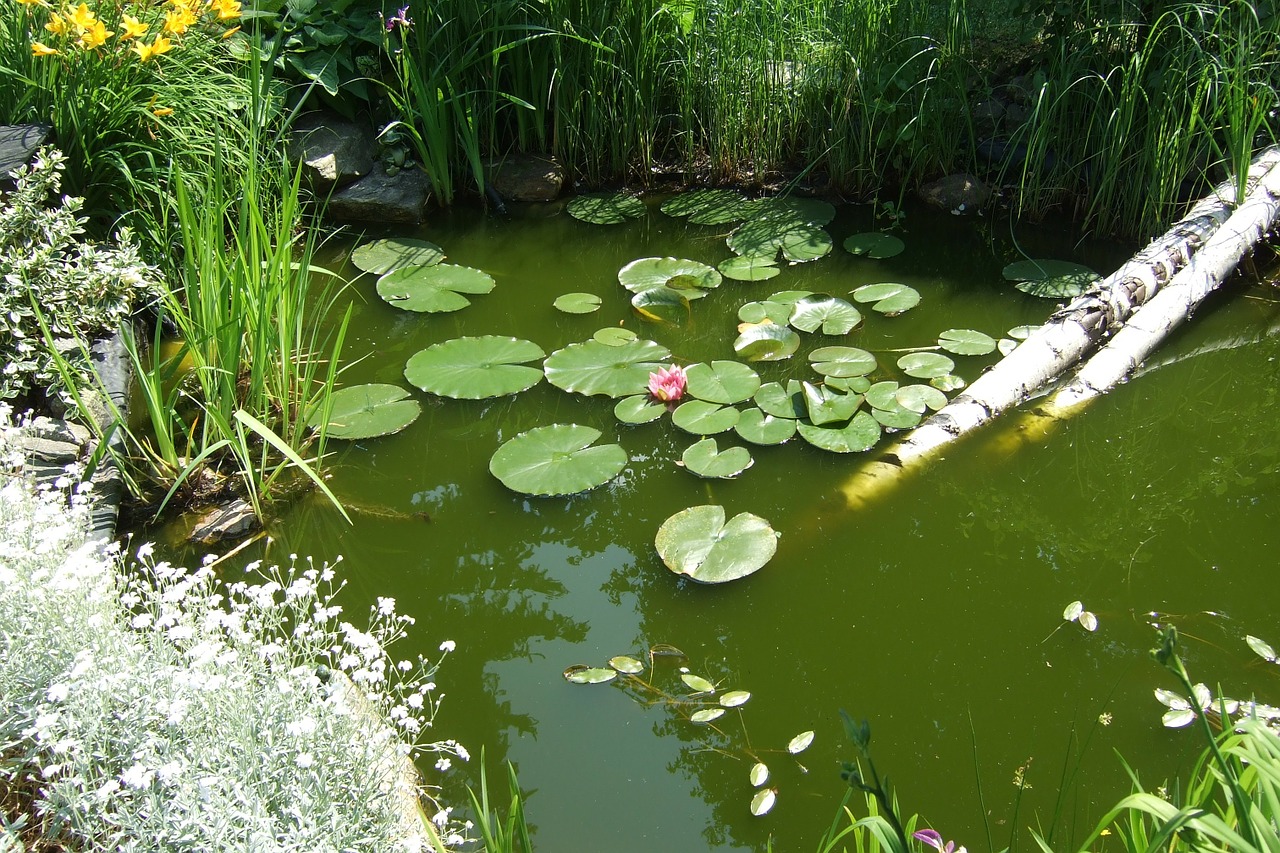
The most important factor when establishing the pond is the degree to which it will be exposed to the light of the sun. At the height of summer smaller ponds sited in full sun can attain surface temperatures of 28-30 °C. Anyone wanting to keep fishes that won’t tolerate such temperatures – e.g. all brook fishes such as European Minnows (Phoxinus phoxinus), or species that normally live in larger bodies of water, such as the Common Nase (Chondrostoma nasus), as well as species that live near the surface such as the Orfe (Leuciscus idus) – must, when siting the pond, ensure that it receives a degree of direct sunlight only part of the time, ideally in the morning. But that will severely limit the possibilities for growing plants, and in particular the ever-popular water lilies will hardly ever flower in such shady ponds.
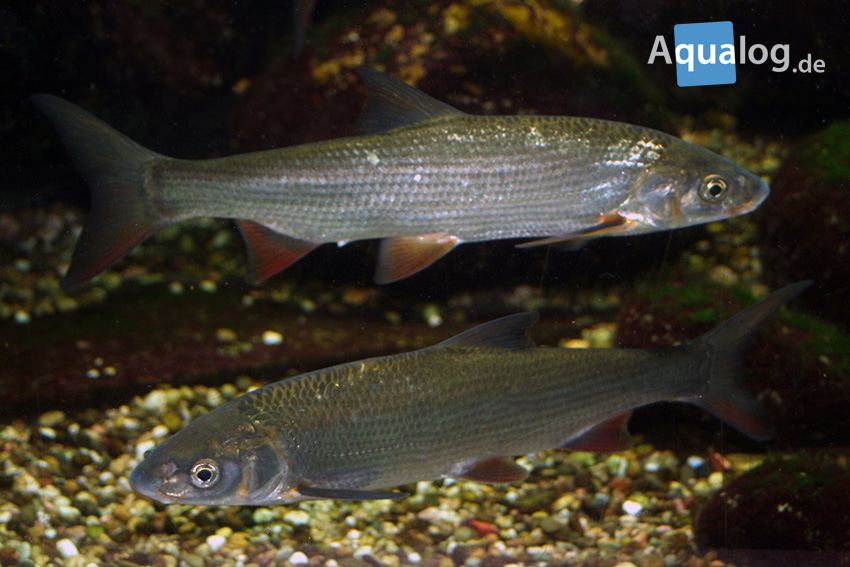 Chondrostoma nasus
Chondrostoma nasus
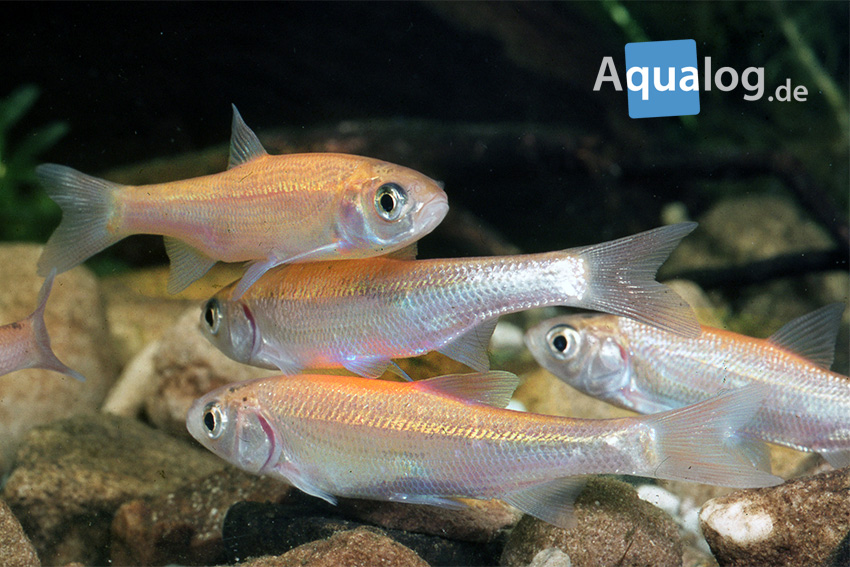 Leuciscus idus GOLD
Leuciscus idus GOLD
Mainly small, so-called biotope fishes are generally used for the near-natural garden pond with no equipment. These include, for example, the Sunbleak or Moderlieschen (Leucaspius delineatus), the Gudgeon (Gobio gobio), the Bitterling (Rhodeus amarus), and/or sticklebacks (Gasterosteus and Pungitius). Here too temperature requirements must be taken into account!
Anyone wanting to keep very large fishes such as sturgeons will require a correspondingly large pond and is also unlikely to be able to get by without filtration. It is virtually impossible, and also makes little sense, to provide minimum measurements for the size of such ponds, as there are very many factors that will influence this. These relate to filter capacity, plant growth, possibly even water through-flow in large installations, feeding regime, number of fishes kept, and so forth.
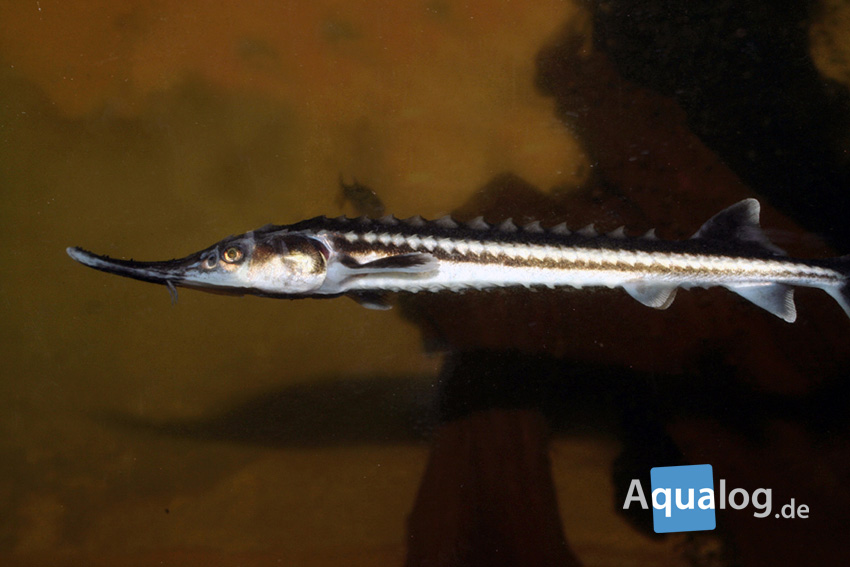 Acipenser stellatus
Acipenser stellatus
Even so, a very good rule of thumb for aesthetically pleasing fish maintenance in the garden pond – and that is, after all, the object, as in the garden pond there is no need to achieve a maximum fish yield per hectare as in commercial aquaculture – is that the length of the largest fishes should be multiplied by a factor of 10 in the case of active swimmers (such as sturgeon), and a factor of 5 to 8 for very quiet species (e.g. perches). To give an example: if the largest fish grows to around a meter long and is a very active swimmer, then a pond 8-10 meters long (which should be proportionately wide (4-6 meters) and around 1.5 meters deep) would be a good solution. Meanwhile a 50-centimeter-long Zander (Schizostedion lucioperca) or Pike (Esox lucius) can be very readily accommodated in a pond 3-4 meters long. Of course these fishes can also be kept in appreciably smaller ponds given appropriate outlay on equipment, but that is more akin to keeping rabbits in hutches than pond culture, and will satisfy neither fishes nor fishkeeper in the long term. When it comes to population density, a figure of 1,000-3,000 liters for a fish measuring around 50 cm long should be the aim.
In central Europe (and other areas with a similar climate) the depth of water in the garden pond should never be less than 1.5 meters at the deepest spot, as otherwise there is no guarantee that the fishes will survive the winter in the event of severe frosts.
Various creatures are often added to perform particular tasks in the pond. In small ponds where most fishes wouldn’t be able to survive, Fathead Minnows (Pimephales promelas) are useful for keeping down mosquito larvae. If the pond isn’t protected from freezing solid then these fishes must be caught out in late autumn and over-wintered in a frost-free place. Algae growth is a perpetually recurring theme and many pond owners believe it must be countered with algae-eating livestock. In small ponds this will be snails, while in larger ponds the addition of mussels (roughly one individual per 200 liters of water) is popular to counteract the clouding of water with floating algae (green water). When adding mussels it must be borne in mind that mussel larvae will parasitize fishes and can lead to major outbreaks of disease, in some individual cases even to deaths, among the fishes. Mussels have separate sexes – although it is impossible to tell them apart – and only the females produce the parasitic larvae in spring. Hence in the interests of the fishes there shouldn’t be too many mussels in the pond. There are a whole series of algae-eating fishes. Silver Carp (Hypophthalmichthys molitrix) are popular for countering floating algae, which they filter from the water. Grass Carp (Ctenopharyngodon idella) are almost exclusively herbivorous, but it is important to be aware that while they may be very effective at eating mats of thread algae, they will also demolish any other plants in the garden pond, including water lilies. The Common Rudd (Scardinius erythrophthalmus) is the only native European fish species that eats soft algae in noteworthy quantities, but you shouldn’t expect miracles from it. The Common Nase (Chondrostoma nasus) will consume algae growing on the bottom.
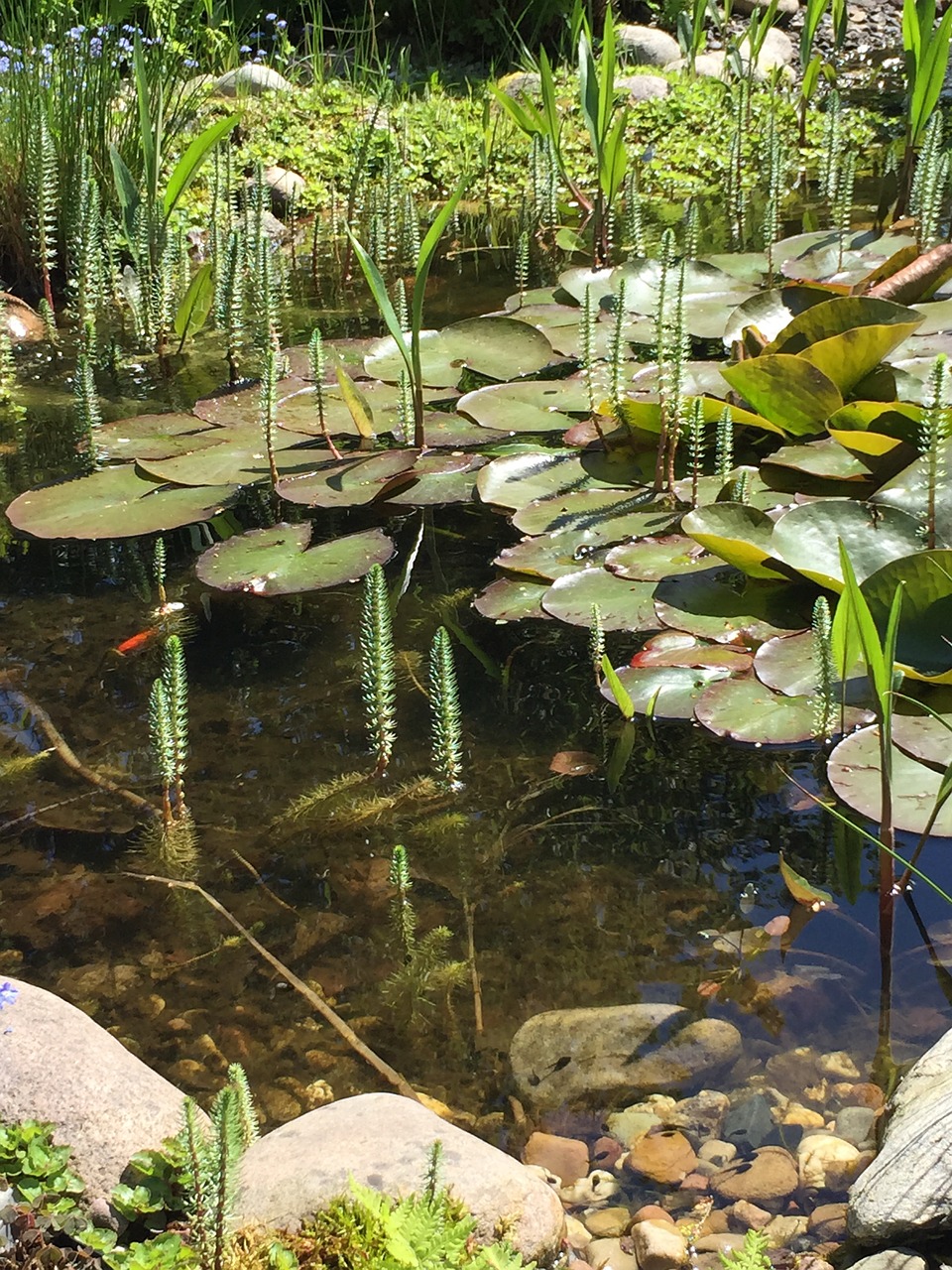
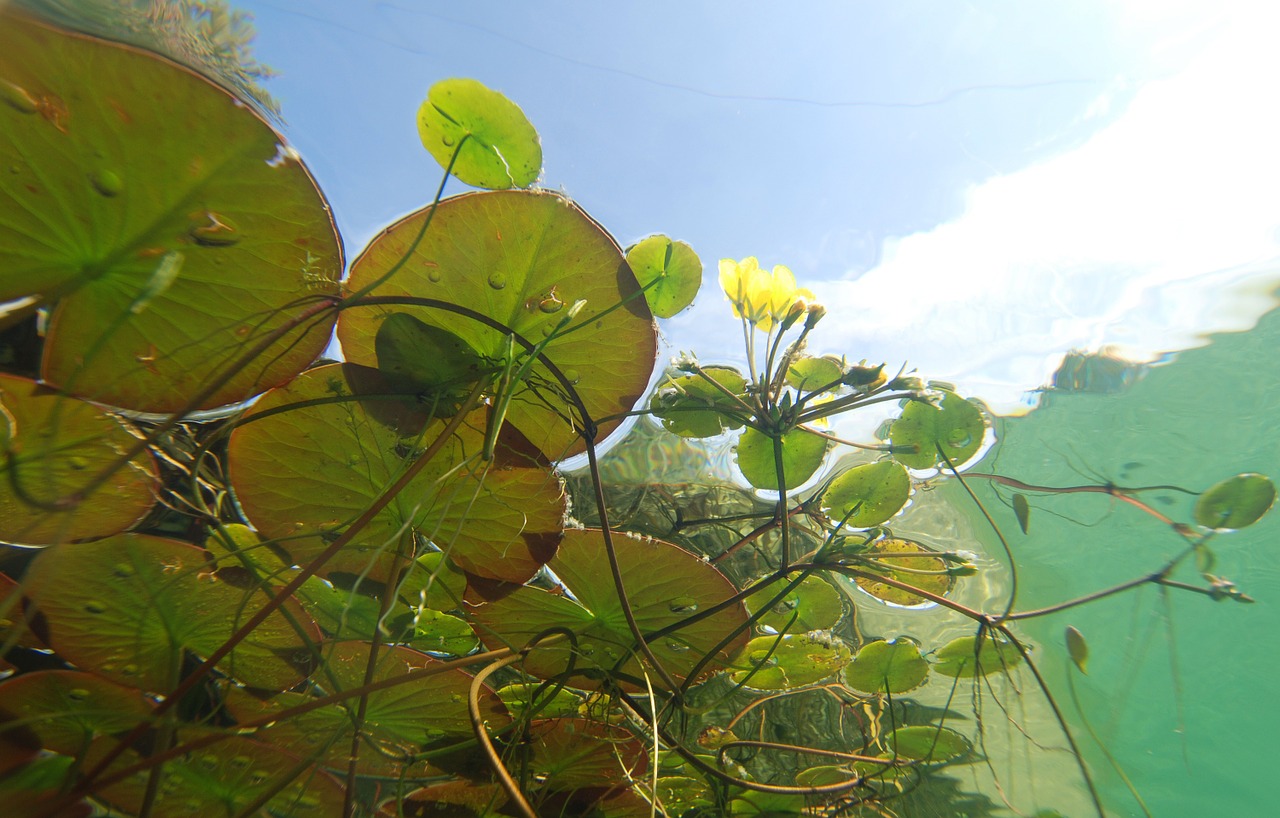
There are two further very important points still to be mentioned as regards garden ponds. Firstly, pond fishes can attain a comparatively good age and fishes grow throughout their lives. This must be taken into consideration. A dainty little baby Sterlet (Acipenser ruthenus) will be 60 cm long one day, a Russian Sturgeon (A. gueldenstaedti) much larger still. It is a great shame to have to part with such a fish after many years through lack of space, assuming anybody wants it. And it isn’t to everyone’s taste to kill and eat a hand-tame fish. But there are no other alternatives. In such situations – and this is the second point – a fish from the pet trade should never and under no circumstances be released into the wild. This will always and without exception spell doom for wild creatures and may even drive entire species to the verge of extinction. Even so-called strictly protected or endangered species (mussels, crustaceans, etc) are no exception in this regard! All these endangered little species are threatened exclusively by habitat destruction. In places where they still exist, released conspecifics will just introduce diseases and parasites, compete with resident wild individuals for territory, and endanger the last remaining natural populations. They cannot survive in places where they don’t already exist, so releasing garden-pond livestock there is no different to flushing them down the loo – a dastardly act to avoid accepting responsibility! So please don’t do it. Plus it is totally illegal.
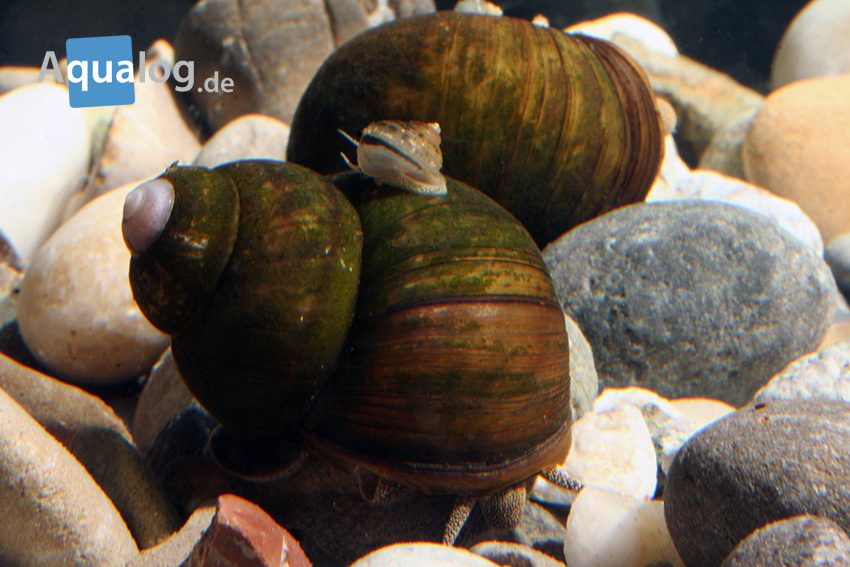 Viviparus sp
Viviparus sp
Please bear in mind that, for reasons of space, it has been possible to give only very general data here. If you want to establish and maintain a garden pond, then you should obtain as much information as possible beforehand and always have a good textbook in the house for reference as well. This is not only in the interests of the livestock, but also in your own interests, as nobody takes any pleasure in sick, dying, or dead creatures. A garden pond should be a source of interest and enjoyment, but that will be the case only if adequately researched beforehand.





